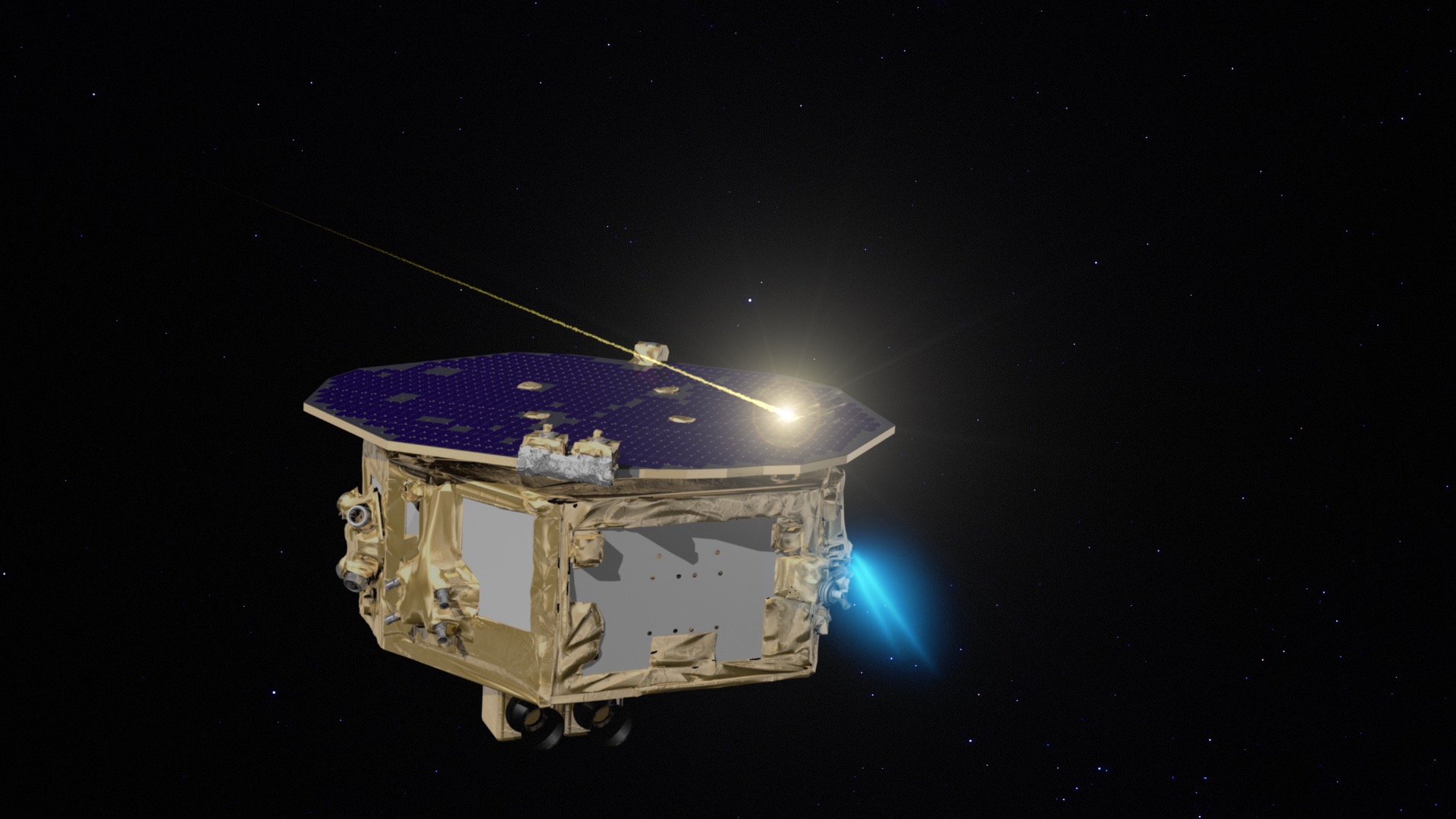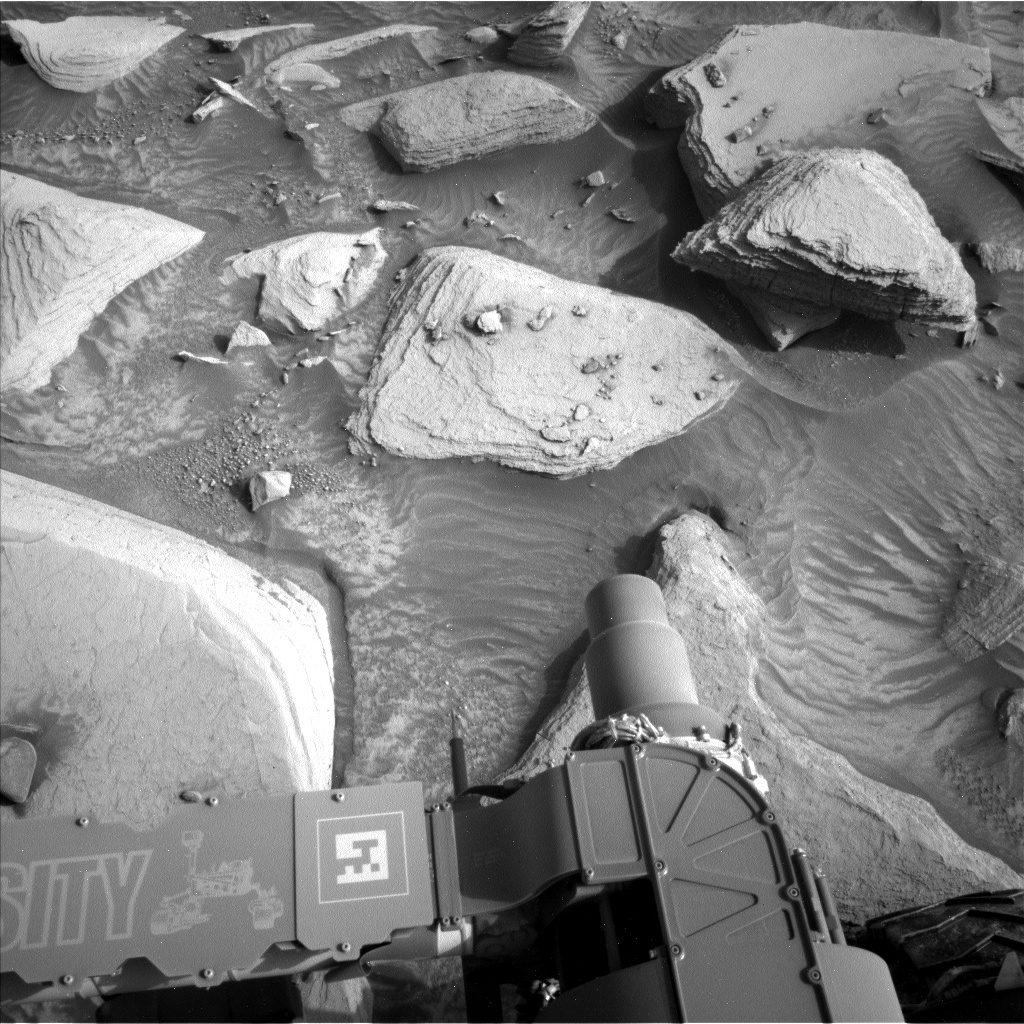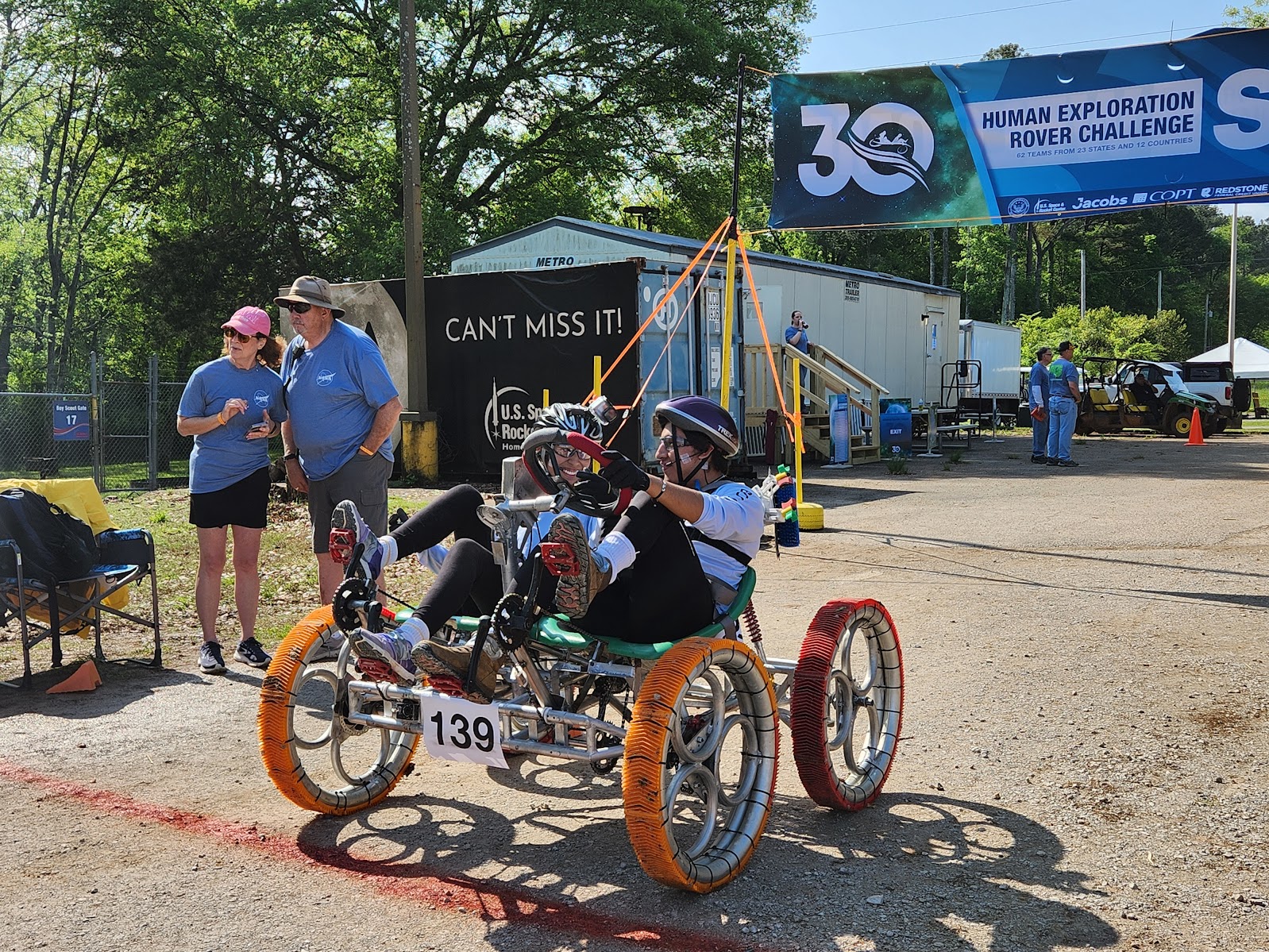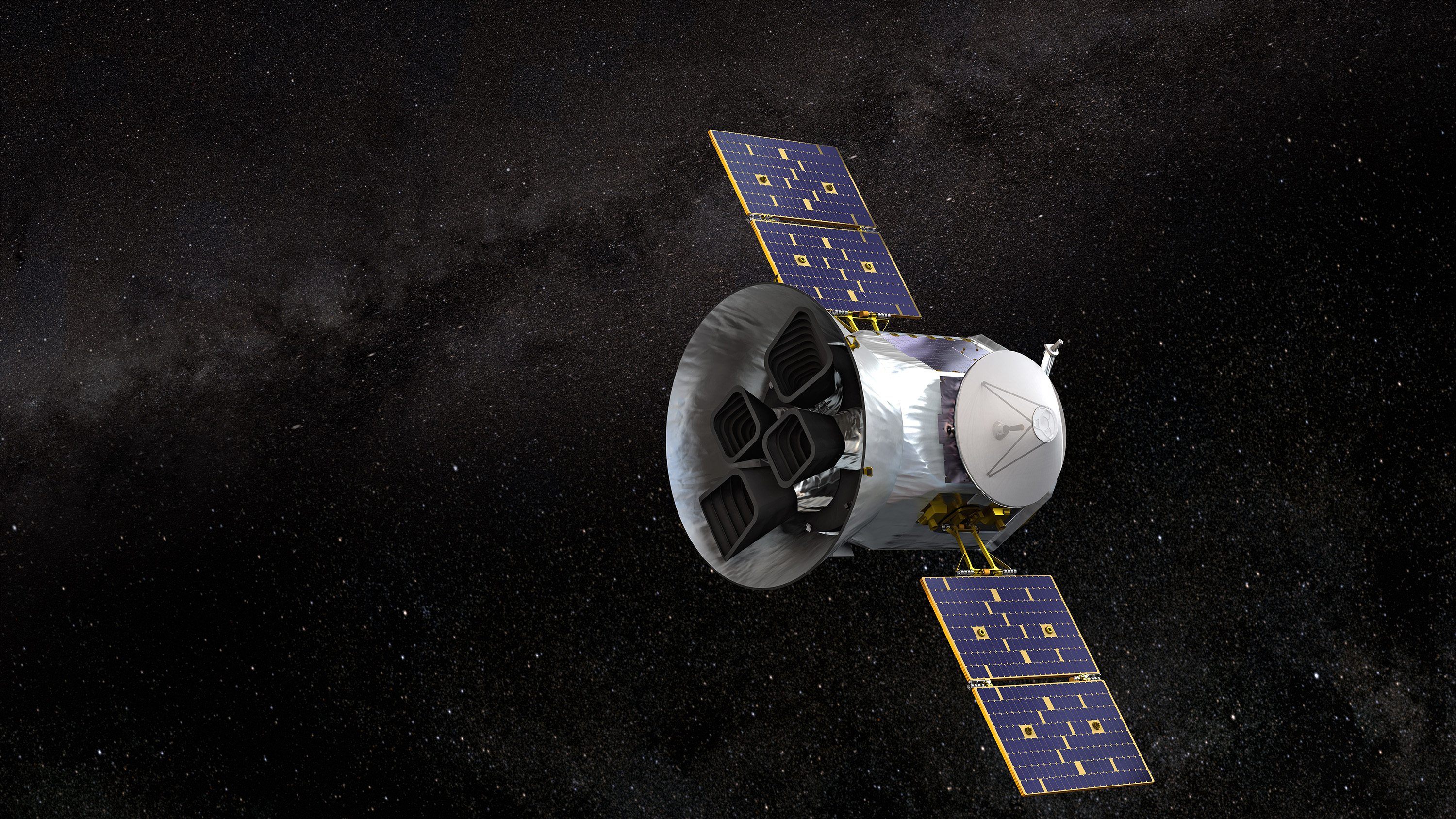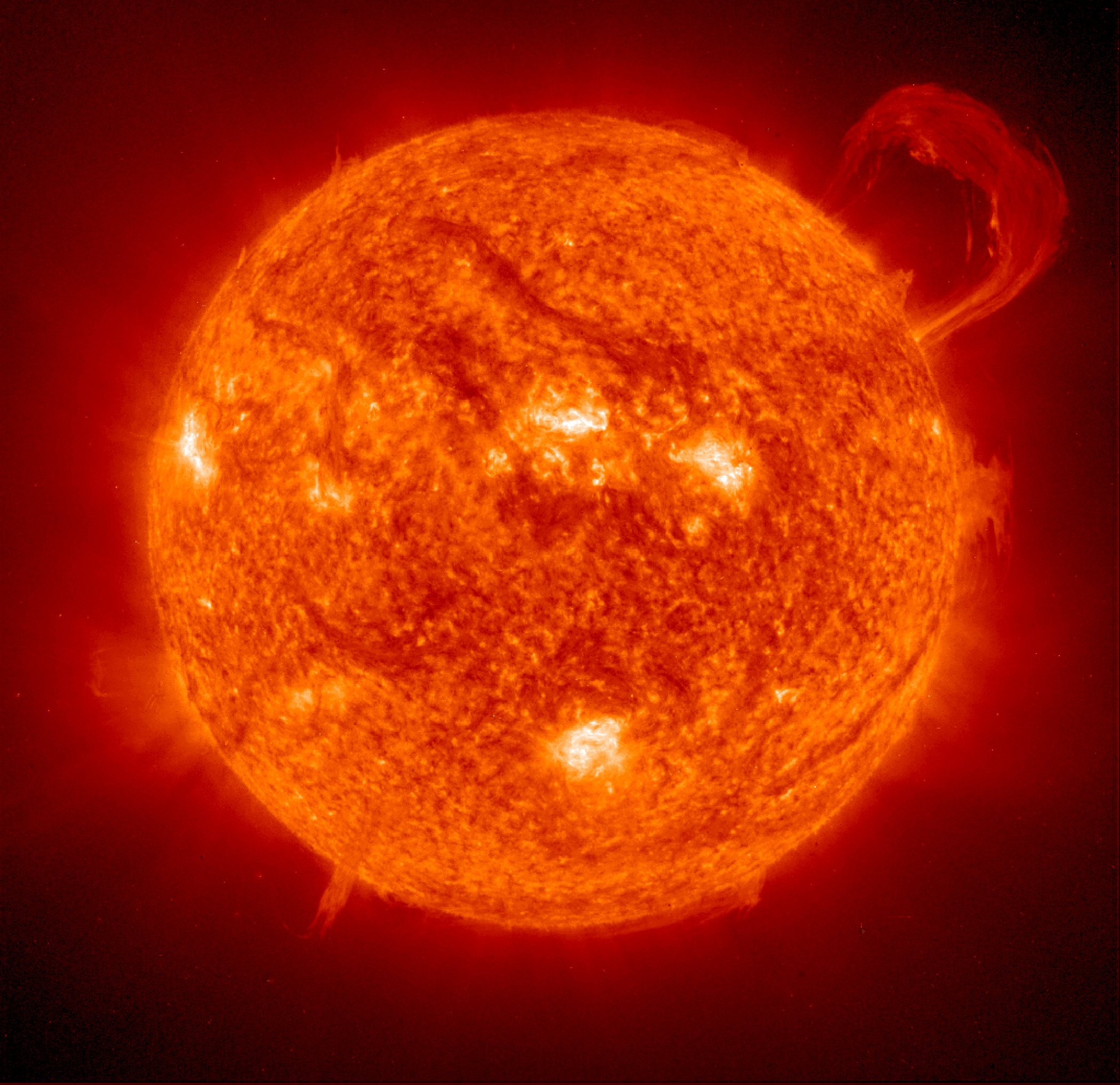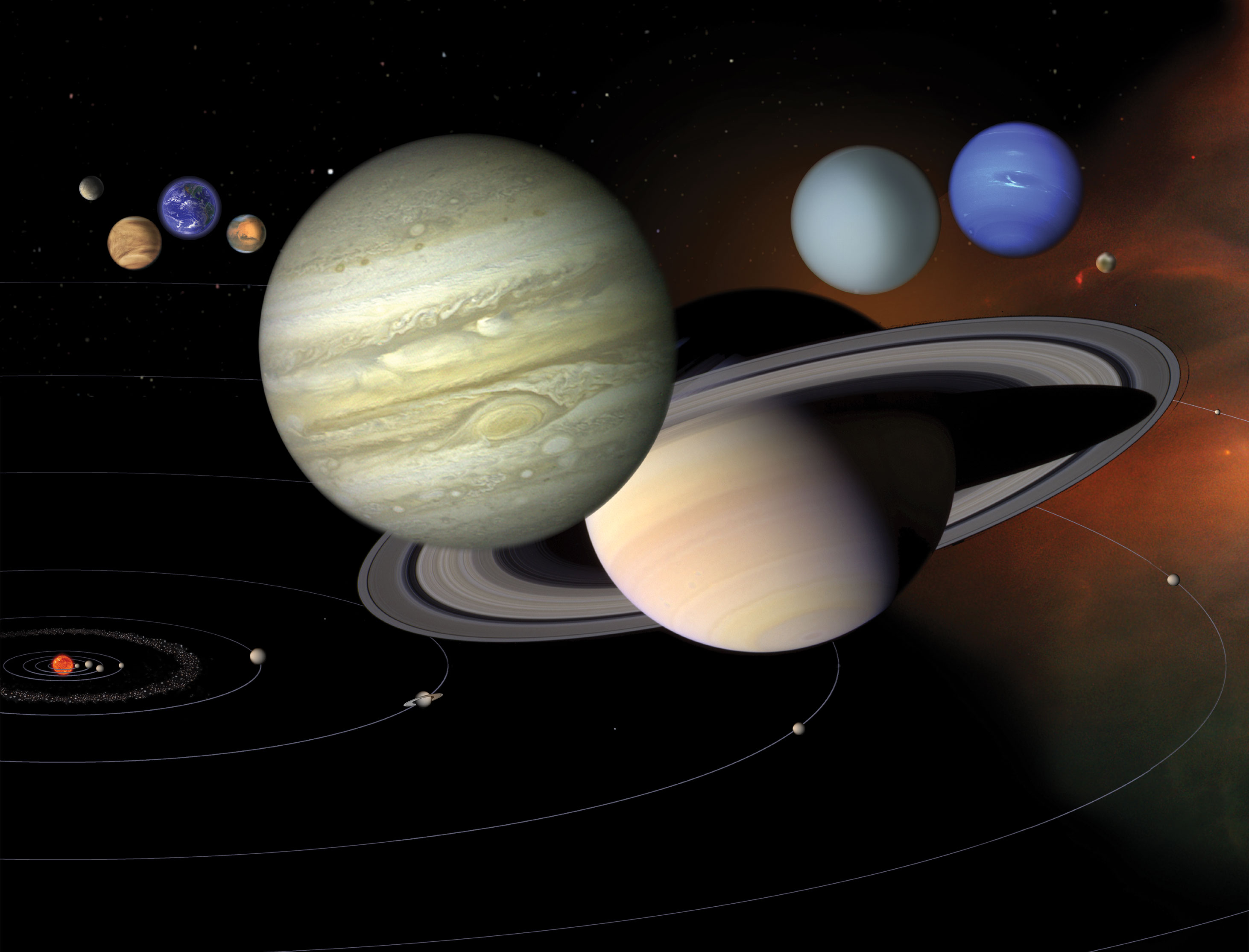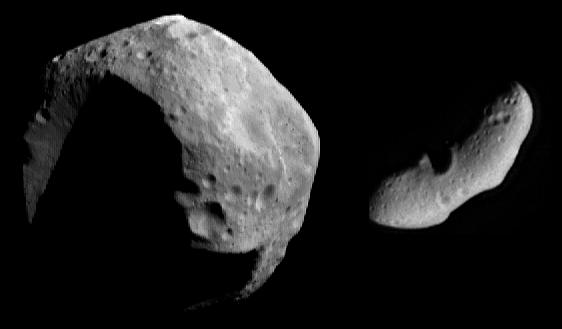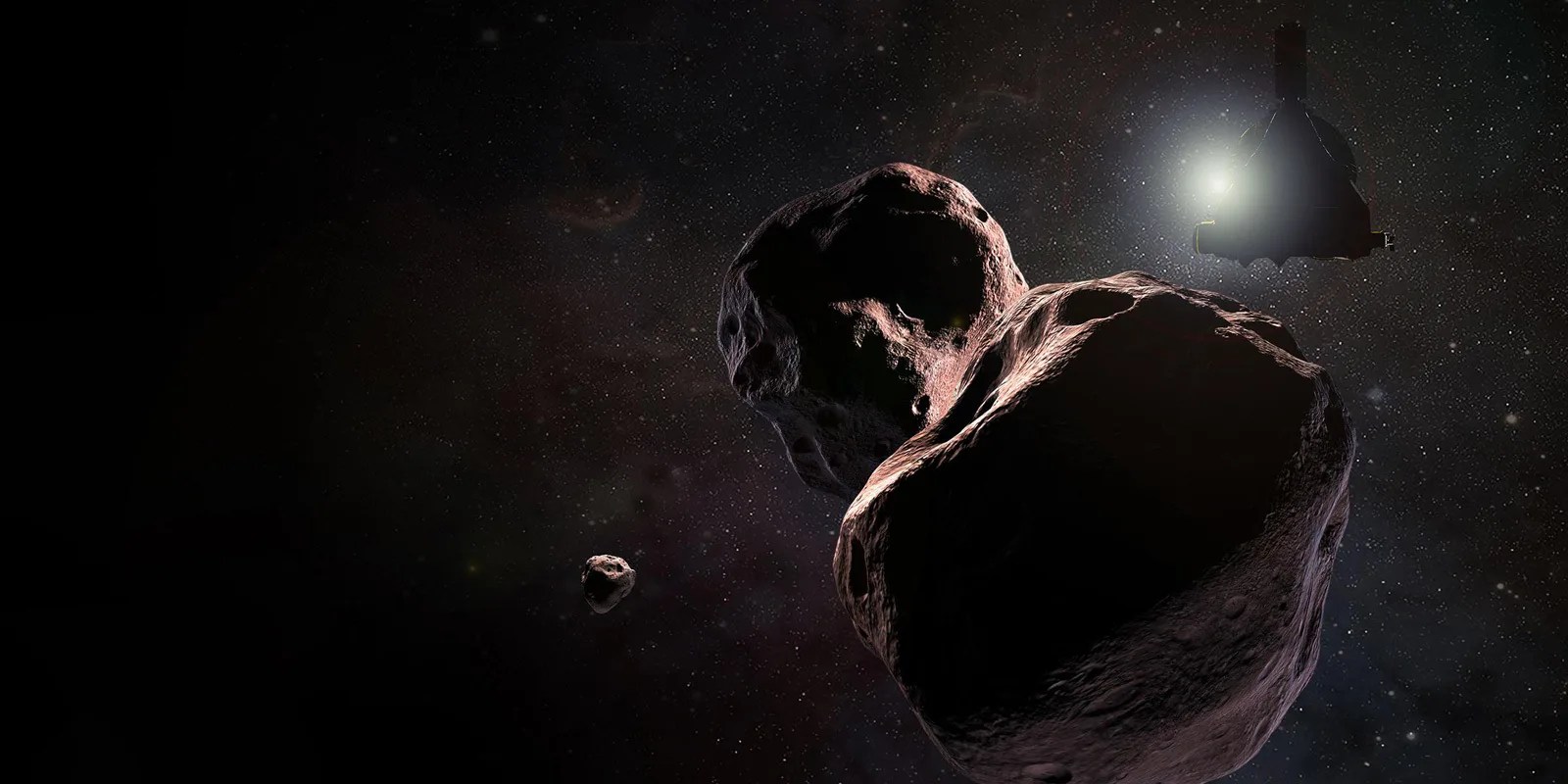LISA Pathfinder
ESA's (European Space Agency) LISA (Laser Interferometer Space Antenna) Pathfinder spacecraft demonstrated technologies required for LISA, a future space probe designed to detect ripples in space-time called gravitational waves. NASA provided the mission’s disturbance reduction system, which consisted of a novel type of precision thruster and specialized controls for achieving drag-free flight. NASA scientists also participated in the science operations and analysis of LISA Pathfinder data.
Mission Type
Launch
Purpose
Decommissioned
LISA Pathfinder Mission Paves Way for Space-based Detection of Gravitational Waves
LISA Pathfinder, a mission led by the European Space Agency (ESA) with contributions from NASA, has successfully tested a key…
Read the Story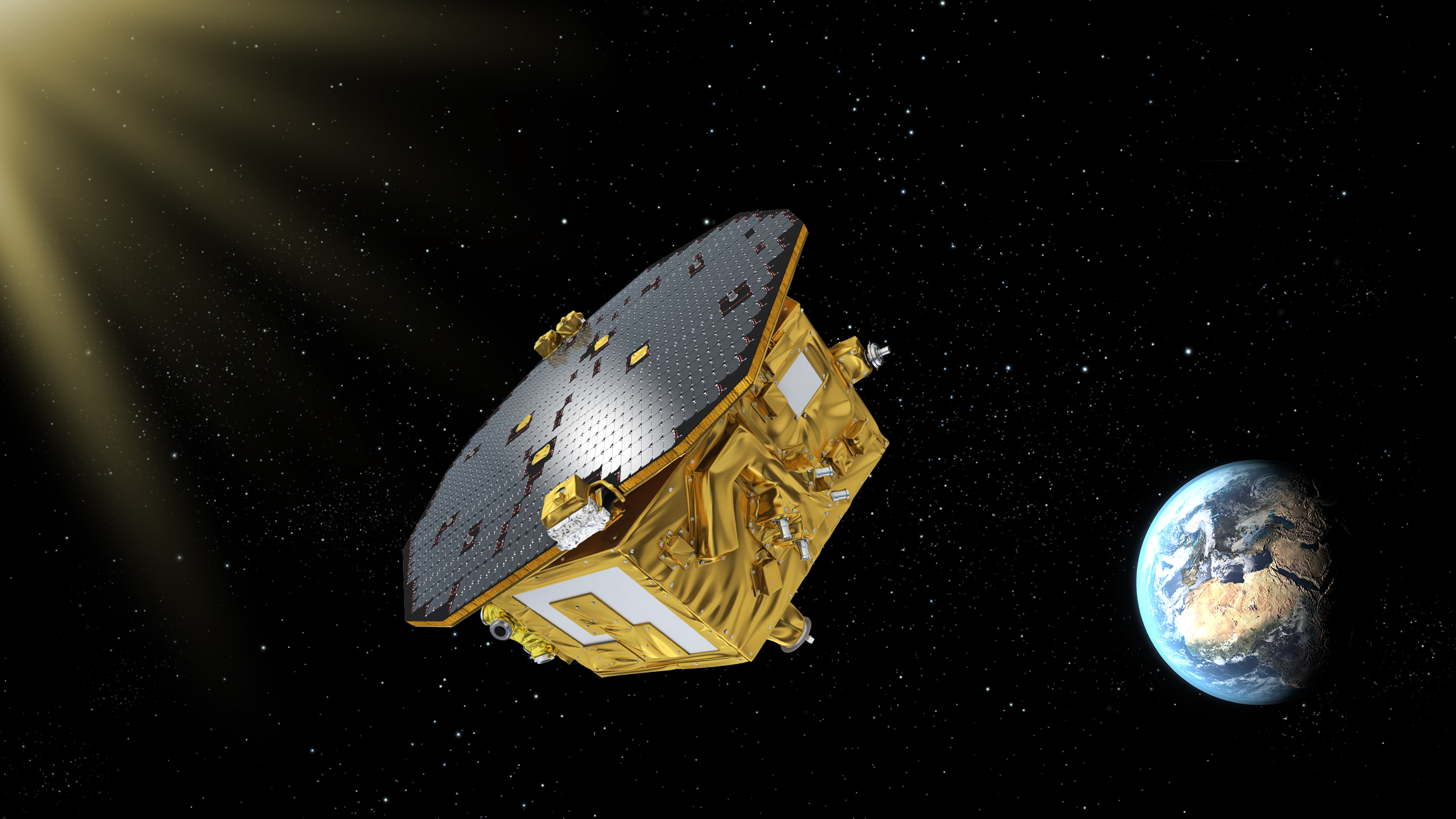

How LISA Pathfinder Detected Dozens of ‘Comet Crumbs’
LISA Pathfinder, a mission led by ESA (the European Space Agency) that included NASA contributions, successfully demonstrated technologies needed to…
Read the Story